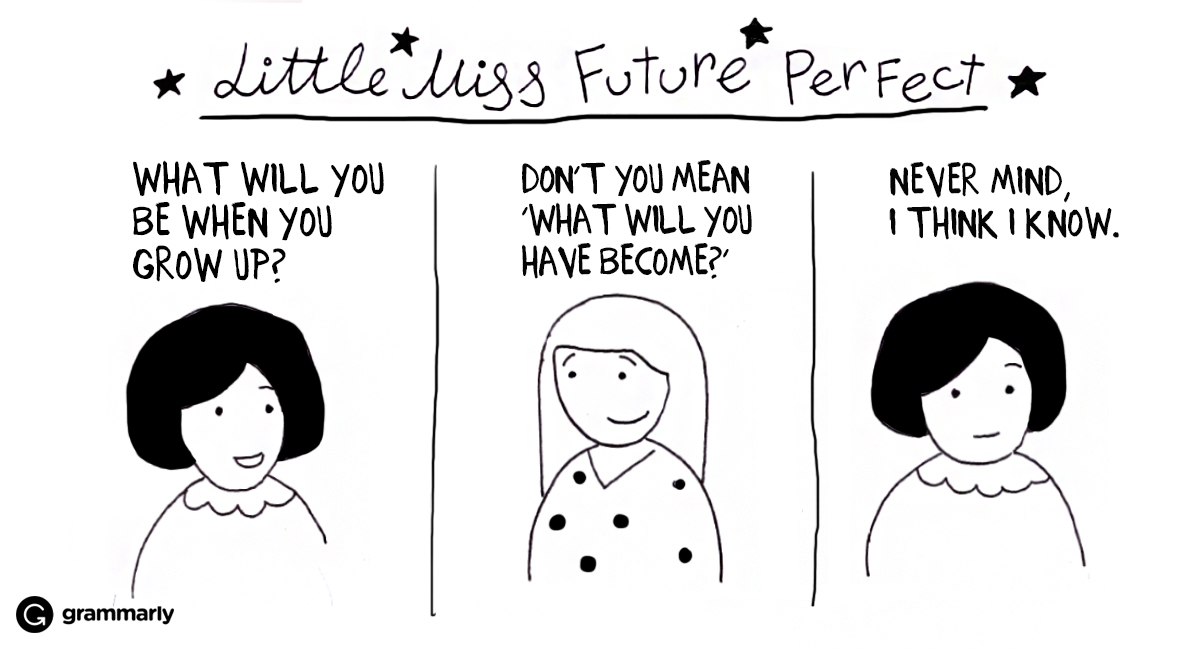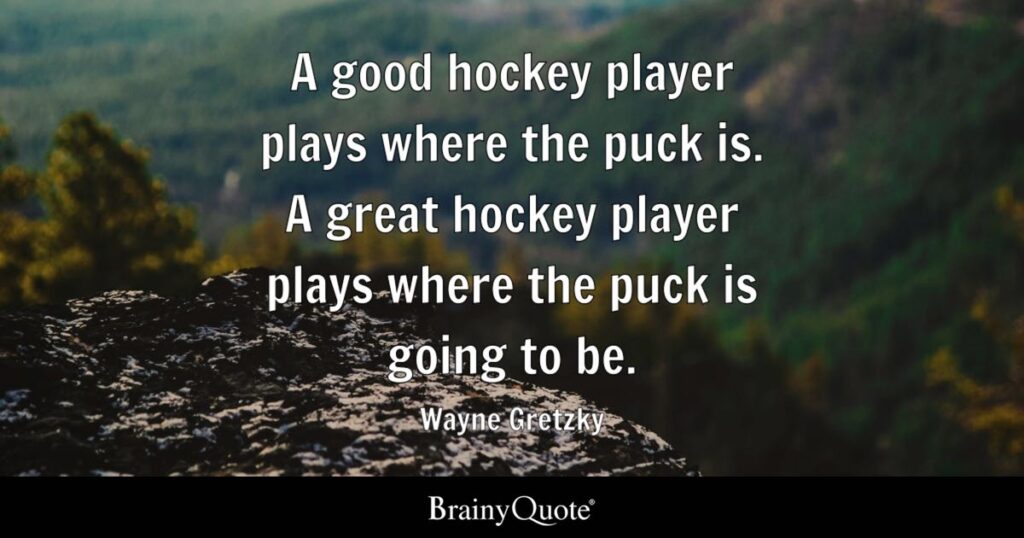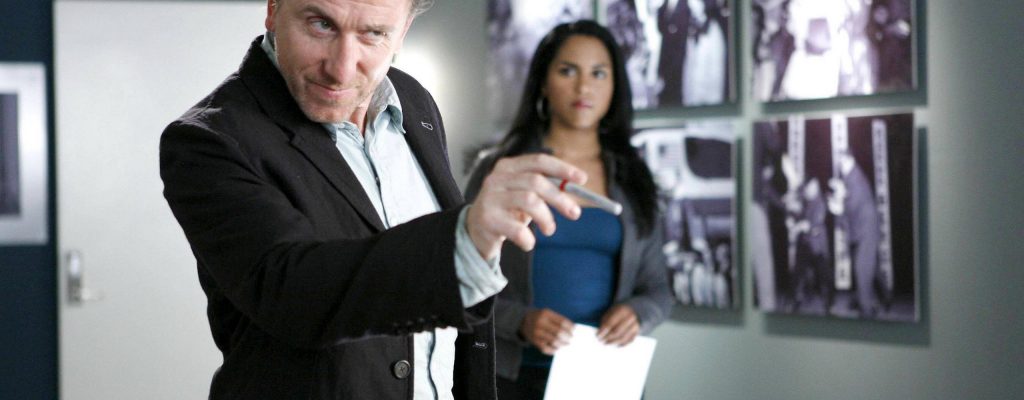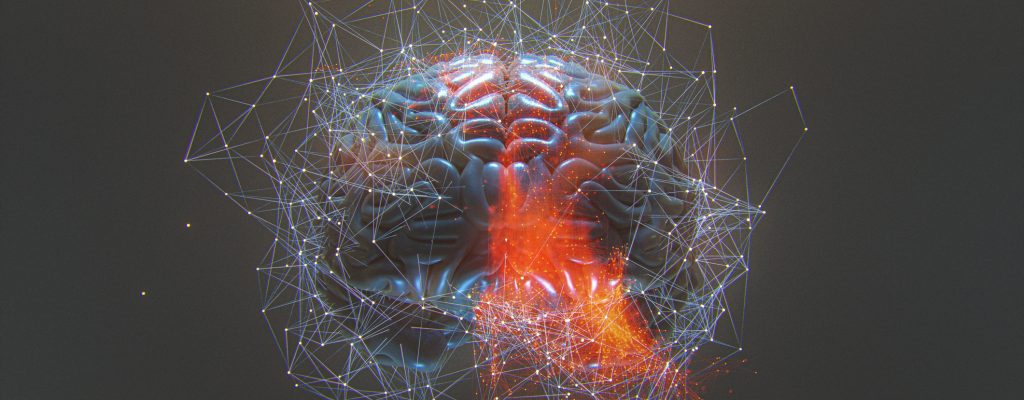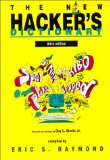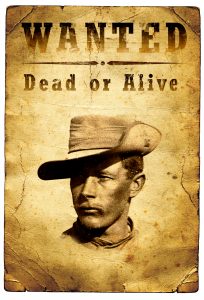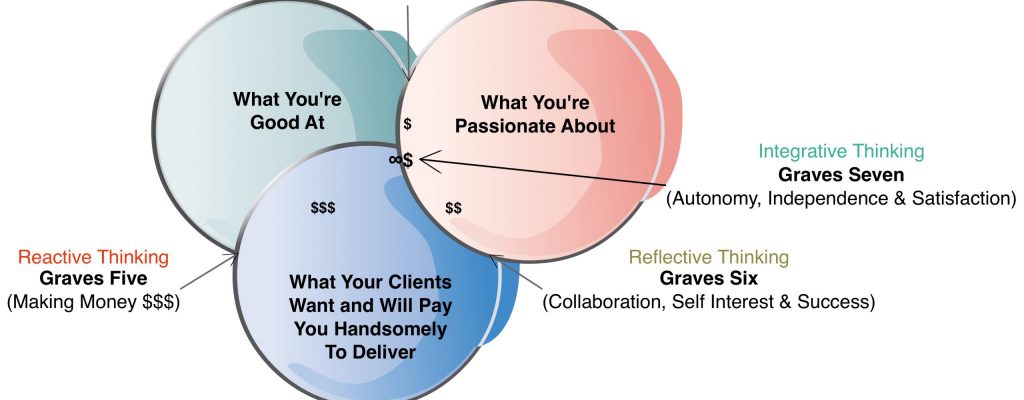Unlocking Business Potential with Fractal Navigator™ Coaching and Training

The Fractal Navigator™
Achieving Business Excellence with Fractal Navigator™ Coaching
In today’s fast-paced business environment, decision paralysis can be a silent killer. The inability to make timely, high-quality decisions can cripple a business, leading to missed opportunities, inefficiencies, and stagnation. As an entrepreneur or executive, your success hinges on your ability to navigate complex choices swiftly and effectively. This is where my Fractal Navigator™ coaching and training, built on the MythoSelf and SomaSemantic models, incorporating my research in SSCT | Sensory Systems Control Theory, and drawing inspiration from Nassim Taleb’s Antifragile concepts, comes into play. This signature program transcends decision paralysis, empowering you to achieve high-quality proactive decision-making, implementation efficiency, adaptability, strategic clarity, and immediate issue resolution. The result? Enhanced business performance and significant ROI.
Introduction to Fractal Navigator™ Coaching
In Fractal Navigator™ coaching and training, I focus on sharpening your perceptual clarity, enhancing your sensorial sensitivity, and fostering precision analysis. These foundational elements lead to high-quality decision-making and extraordinary adaptability. You will learn proactive implementation strategies and develop antifragility, allowing you to grow stronger in the face of uncertainty and chaos. By integrating these advanced skills, my program empowers you to navigate complex business environments with confidence and agility.
The Cost of Decision Paralysis
Decision paralysis, the inability to make a decision in a timely manner, often stems from fear of failure, over-analysis, or lack of confidence. Decision paralysis shows up more commonly in contexts of uncertainty and when the situation has become chaotic. We also see an inability to make high quality decisions accurately and quickly when there is less information available than is desired, and when the situation is volatile and rapidly changing, like in emerging markets or when new competition threatens established positions. Currently for many professionals and businesses the emergence of new AI technologies and robotics are examples of this kind of volatility and threat. For businesses, this paralysis can manifest in various detrimental ways:
- Missed Opportunities: Delays in decision-making can mean missed chances to capitalize on market trends or enter new markets.
- Operational Inefficiencies: Procrastination and indecision can stall projects, leading to wasted resources and increased costs
- Competitive Disadvantage: In a rapidly changing market, slow decision-making can allow competitors to gain an edge.
The Fractal Navigator™ Approach
Fractal Navigator™ coaching and training is designed to address and overcome decision paralysis. It equips you with the tools and strategies needed to make high-quality decisions quickly, implement them efficiently, and adapt to changing circumstances. Here’s how the program tackles these critical areas:
High-Quality Proactive Decision-Making
The cornerstone of Fractal Navigator™ coaching and training is its focus on high-quality proactive decision-making. You will learn to:
- Assess Situations Rapidly: By leveraging the MythoSelf Process model for yourself and applying SomaSemantic principles within the Fractal Navigator™ framework, you can quickly evaluate complex situations, identifying key factors and potential outcomes.
- Confidently Make Decisions: Fractal Navigator™ coaching and training helps you build the confidence needed to make bold decisions without hesitation.
- Prioritize Effectively: Through gaining strategic clarity, you will learn to prioritize decisions that align with your long-term goals and vision.
- Develop Narrative Literacy: By developing the ability to understand, interpret, and create meaningful stories that shape perception and communication, you will become more effective at decision-making and implementation, and engaging others .
- Become Antifragile: Thrive and grow stronger in the face of uncertainty, volatility, and stress rather than merely surviving or being resilient.
Case Study: Sarah’s Digital Marketing Agency*
Sarah, the owner of a boutique digital marketing agency generating $1,200,000 annually, struggled with decision paralysis. Her hesitation in making strategic decisions led to missed opportunities and stagnation. After joining the Fractal Navigator™ mentoring program for successful entrepreneurs, executives, business owners, leaders, and professionals, Sarah learned to assess situations more rapidly and make confident decisions. Within six months, her decision-making speed improved by 50%, allowing her to capitalize on a new client opportunity that increased her annual revenue by 15%, or $180,000.
Implementation Efficiency
Making high-quality decisions is only the first step; implementing them efficiently is crucial for realizing the benefits you intend. Fractal Navigator™ training emphasizes:
- Streamlined Processes: You will learn to develop and refine processes that facilitate quick and effective implementation.
- Resource Management: Efficient use of resources—time, money, and manpower—is essential for successful implementation.
- Feedback Loops: Establishing feedback mechanisms ensures continuous improvement and adaptation.
Case Study: John’s Technology Firm
John, a VP of Sales at a mid-sized technology firm with $10,000,000 in annual revenue, faced challenges in implementing sales strategies. His team’s inefficiencies led to missed targets and wasted resources. Through coaching he received via the Fractal Navigator™ mentoring program, John streamlined his team’s processes, improving implementation efficiency by 30%. This change allowed the firm to take on more projects and increase revenue by $1,500,000, or 15%.
Adaptability
In a world where change is constant, adaptability is key to long-term success. The Fractal Navigator™ mentoring program cultivates an antifragile mindset, enabling you to:
- Embrace Uncertainty: You will learn to view uncertainty as an opportunity rather than a threat.
- Develop Resilience: Building mental and emotional resilience helps you thrive in chaotic environments.
- Become More Robust: Have the ability to withstand shocks and stresses without being damaged or negatively affected.
- Innovate Continuously: Adaptable leaders are always looking for ways to improve and innovate.
- Grow Stronger: Learn to benefit from shocks and stresses, actually thriving and improving as a result of exposure to volatility, uncertainty, and adversity.
Case Study: Adaptability in Action
Both Sarah and John experienced significant gains in adaptability. Sarah’s improved resilience allowed her to navigate market volatility, resulting in a 10% growth in new client acquisition, adding another $120,000 to her revenue. John’s team embraced uncertainty, leveraging volatile market conditions to innovate and increase revenue by 10%, or $1,000,000.
Strategic Clarity
Strategic clarity ensures that every decision made aligns with the overarching goals of the business. The Fractal Navigator™ mentoring program provides tools for:
- Defining Clear Objectives: I guide and support you on setting clear, actionable objectives that drive the business forward.
- Aligning Team Efforts: Ensuring that every team member is working towards the same goals enhances overall efficiency.
- Measuring Success: Establishing metrics to evaluate the success of decisions and strategies.
Case Study: Strategic Clarity for Growth
John’s technology firm benefited immensely from the strategic clarity gained through the Fractal Navigator™ program. By aligning his team’s efforts with clear objectives, John saw a 40% improvement in strategic direction, leading to increased efficiency and an additional $1,500,000 in revenue.
Immediate Issue Resolution
The ability to resolve issues promptly is crucial for maintaining momentum and preventing minor problems from escalating. Fractal Navigator™ mentoring program trains you to:
- Identify Issues Early: Early detection of potential problems allows for quicker resolution.
- Act Decisively: Confident, prompt action prevents issues from derailing progress.
- Maintain Progress: Keeping projects on track ensures steady progress and sustained performance.
Case Study: Keeping Projects on Track
With 24/7 support from the Fractal Navigator™ mentoring program, John was able to resolve issues that arose promptly, preventing a potential 5% loss. This proactive approach saved the company $500,000, maintaining steady progress and contributing to overall business success.
The ROI of the Fractal Navigator™ Program
The tangible outcomes achieved through engaging with Fractal Navigator™ coaching and training translate into significant ROI for participants. Let’s revisit the figures:
Sarah’s Digital Marketing Agency:
– Revenue Increase: $380,000
– Cost Savings: $36,000
– Total ROI: $416,000
John’s Technology Firm:
– Revenue Increase: $4,500,000
– Cost Savings: $500,000
– Total ROI: $5,000,000
These figures demonstrate the substantial financial benefits of overcoming decision paralysis and enhancing business performance through achieving the benefits of high-quality proactive decision-making, implementation efficiency, adaptability, strategic clarity, and immediate issue resolution.
Conclusion
In the competitive business landscape, the ability to make high-quality decisions quickly and implement them effectively is a critical differentiator. Fractal Navigator™ coaching and training provides you with the tools and strategies needed to transcend decision paralysis and achieve significant improvements in performance and profitability. By focusing on proactive decision-making, implementation efficiency, adaptability, strategic clarity, and immediate issue resolution, my program delivers substantial ROI, empowering you to unlock your full potential and drive your business to new heights.
Joseph Riggio, Ph.D.
Architect & Designer of the MythoSelf Process and SomaSemantics
P.S.; Keep an eye out for more about my Fractal Navigator™ coaching and training, and the opportunity to join in Fractal Navigator™ mentoring yourself. In the meantime go ahead and subscribe to my free newsletter here: NeurXEdge: Fractal Navigator Newsletter, and get immediate access to my free mini podcast course: Becoming Antifragile.
[*AUTHOR´S NOTE: Sarah and John are composite characters running a business and team for illustrative purposes only and to maintain client confidentiality. The revenue and expense figures used are not necessarily typical but are indicative of the kind of results we have seen achieved when working with clients, e.g.: revenue increases of between 10 – 30% are not uncommon, and we have seen businesses increase sales and revenues as 1000% or more after working with us. Cost savings are also not typical, although we have worked with clients who have cut costs significantly as well, for instance in reducing sales costs by more than 30% in individual cases where they´ve implemented the suggestions and methodologies we introduced to them.]



